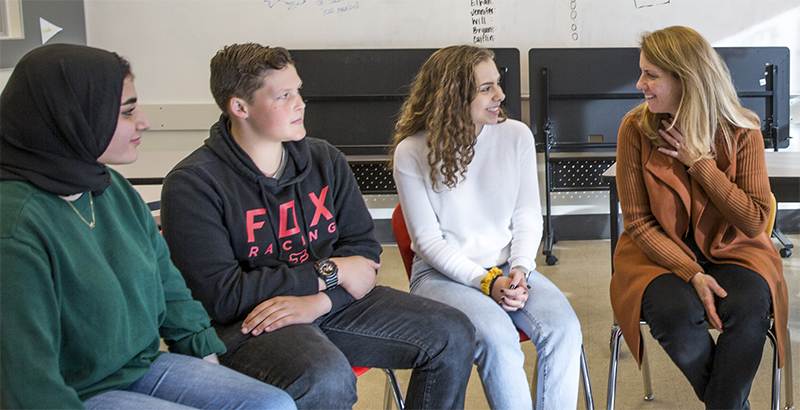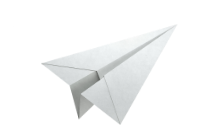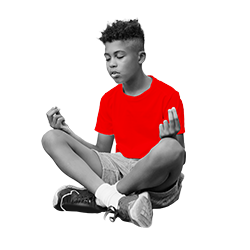When the Teacher Becomes the Student: What I Learned From Making ‘Class Disrupted’

I have always been a “have lemons, make lemonade” person. So when an unimaginable global pandemic sprung itself on us in the spring of 2020 and school buildings suddenly closed, I wondered if there might be a way to salvage something good from the trauma. I was getting questions from parents across the nation, and fortunately, Michael Horn agreed to help me try to address them on the Class Disrupted podcast. Along the way, we connected parents with some of the best thinkers, researchers and practitioners in education.
Michael made it look easy on his podcast Future U, so I didn’t give much thought to how challenging the journey might be. I’ve been an educator for more than 25 years, and while I am constantly learning, and growing, at this point in my life, I am rarely an absolute novice. Yet I was a total beginner when it came to creating a podcast, and the experience was humbling, cognitively demanding, time-consuming and at times really stressful. In short, it was a lot like the experiences teachers, students and families have had with school over the past six months.
In episode 5, Angela Duckworth, acclaimed scientist and author of the best-selling book Grit, helped us understand how learning something isn’t just an academic process. It actually pulls on all sorts of skills that many of us think of as everyday abilities. I was completely immersed in being a beginner at writing, producing and being on air, and found myself accessing every skill and habit I had from other parts of my life in an effort to learn as quickly as I could. When a person tries to lift something too heavy for the muscle in their arm, the other surrounding muscles are recruited to help. I felt this happening on a daily basis as I leaned on everything I knew about project management, writing a book, facilitating Socratic discussions and so much more to create Class Disrupted.
The experience was such a good reminder of what it feels like when you are just starting to learn something and you aren’t very good at it — an experience that by design our students have in school. There were so many moments when I doubted myself, wondering out loud, “Why in the world did you commit to this?” I thought about quitting, doing fewer episodes, simplifying our vision and even calling in reinforcements — thoughts we hear from students every day. Fortunately, I was surrounded by people who were willing to give me feedback, coaching and support. As a result, I developed and improved a set of skills I didn’t have before we started. The elements of the learning experience I had are what every student needs and deserves if we are serious about equipping all children with the skills, knowledge and habits they need to succeed.
Class Disrupted was driven by the questions so many parents had as they were thrust into the role of teacher or, at a minimum, a teacher’s aide. The sadness, frustration, worry and exhaustion they were experiencing went beyond having to figure out child care and grapple with all of the ramifications of the pandemic. Like me, suddenly they were beginners, trying to develop a complicated web of skills, knowledge and habits, with their children’s education depending on it. Unlike me, most parents didn’t have access to useful feedback, coaching or support. The learning conditions were suboptimal, so it is no wonder that so many are desperately seeking the reopening of school or alternatives that include privately contracting teachers.
Parents were not the only ones forced to take on a significant learning experience with little support. When the school buildings closed, even the most experienced teachers in America became novices overnight. The skills, knowledge, systems and tools required to create powerful virtual learning experiences are different in so many ways from what they do in their classrooms every day. Like me with the podcast, many were able to “recruit” other muscles to help, but the learning curve is incredibly steep, and few have the supports they need to get good, fast.
Each week’s conversations with parents, students and teachers illuminated the extreme, suboptimal learning conditions the pandemic created for everyone. And at the same time, every episode pointed to the reality that school before the pandemic was not meeting the needs of all kids. Most people were used to it, had figured out workarounds or come to accept it, but we certainly didn’t have the schools our students need or deserve prior to buildings closing. COVID simply pulled back the curtain and exposed the ugly truth for all to see.
So, what to do with those lemons? An urgent redesign of the entire system seems unlikely, but the possibility of putting our public schools on a trajectory to become what our students need them to be seems entirely possible. As teachers, we often will open a learning experience with a “Do now.” This is a short, targeted activity that activates thinking and connects students to what they are going to do throughout the experience. The experts we spoke with on Class Disrupted helped me to clearly see three Do Nows every educator in America should be focused on as we launch the new school year.
1. Every child in America needs a dedicated device and adequate bandwidth to use in their residence. We should consider it educational malpractice for any institution not making this happen right now, and permanently.
2. Schools must prioritize relationships and connection. Everyone is worried that students aren’t learning to read, write and do math. However, the science tells us clearly that if students don’t feel safe and connected, their ability to learn anything is dramatically compromised. Creating a warm, caring learning environment is different in the virtual world — not better or worse; just different. Many people are getting very good at it, very quickly. As educators, we must have the time and support to prioritize this important work now and going forward.
3. Finally, we’ve got to put students at the center of everything we are designing right now. The traditional school year produces a cadence for improvement through change that is notoriously slow. Essentially, schools do something for an entire year and then take the summer to decide if they will change anything the following year. During this volatile time, schools find themselves making big changes on a much shorter timeline. This creates an incredible opportunity to design short-cycle interventions based on the needs of students.
Bryan Stevenson, founder of the Equal Justice Initiative, has illuminated the idea of being proximate as a necessary and important way to build empathy and understanding and to create needed change. Being proximate means we need to listen to what our students and parents need — and then we need to act. Making these changes won’t be easy — and we won’t always get them right the first time — but Michael and I have tried to show that it is possible for schools to meet the challenges they face today and change the way we approach education for the better.
Get stories like these delivered straight to your inbox. Sign up for The 74 Newsletter

;)
